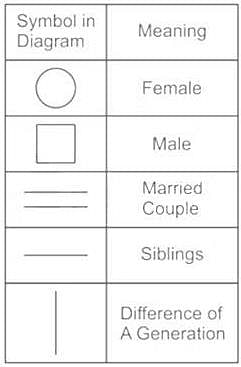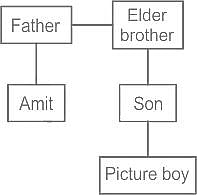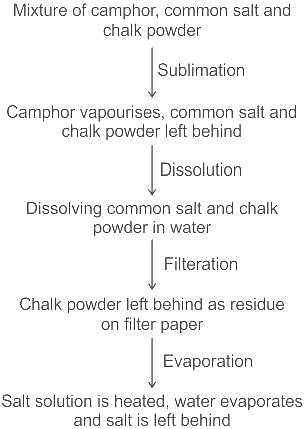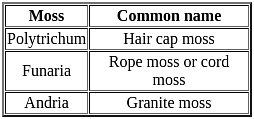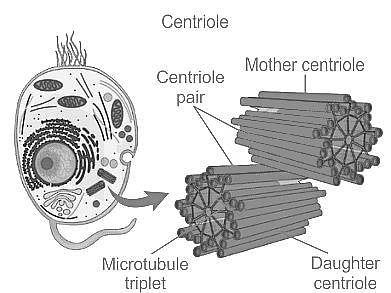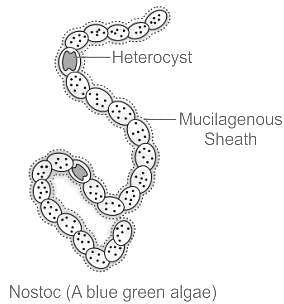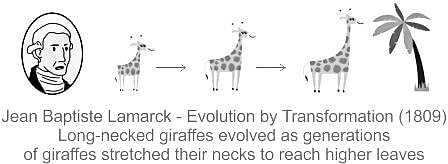MPTET Varg 2 Science Mock Test - 5 - MPTET MCQ
30 Questions MCQ Test MPTET Varg 2 Mock Test Series 2024 - MPTET Varg 2 Science Mock Test - 5
"भ्रमरगीत” का तथा “जायसी ग्रन्थावली" का सम्पादन किया:-
Choose the suitable question tag.
Nobody called, _______?
| 1 Crore+ students have signed up on EduRev. Have you? Download the App |
The teacher felt blood rushing to his head because
Direction: Select the correct ANTONYM of the given word.
Deception
Direction: The table shows the number of national parks and wild life sanctuaries in different states. Study the table carefully and answer the following questions.
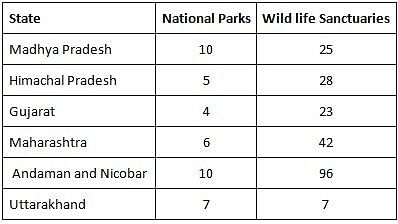
What is the total number of wild life sanctuaries in all the states together?
Select the option that is related to the third number in the same way as the second number is related to the first number.
64 ∶ 2048 ∶∶ 84 ∶ ?
Pointing to a picture, Amit said, 'He is the grandson of my father's elder brother.' How is the person in the picture related to Amit?
How do you perceive individual differences in your classroom? Which of the following statements aligns with your view the most?
Carbon monoxide is harmful to human beings as it is:
Which of the following is the correct sequence of processes used to separate the components of a mixture of common salt, chalk powder and camphor powder?
Match List - I with List - II.

Choose the correct answer from the options given below.
In the nitration of benzene, the active nitrating agent is:
Which of the following is only present in animal cells?
'Inheritance of Acquired characters' was the main point of:
Among the following which planet takes maximum time for one revolution around the sun?



 → 2048
→ 2048 → 3528
→ 3528